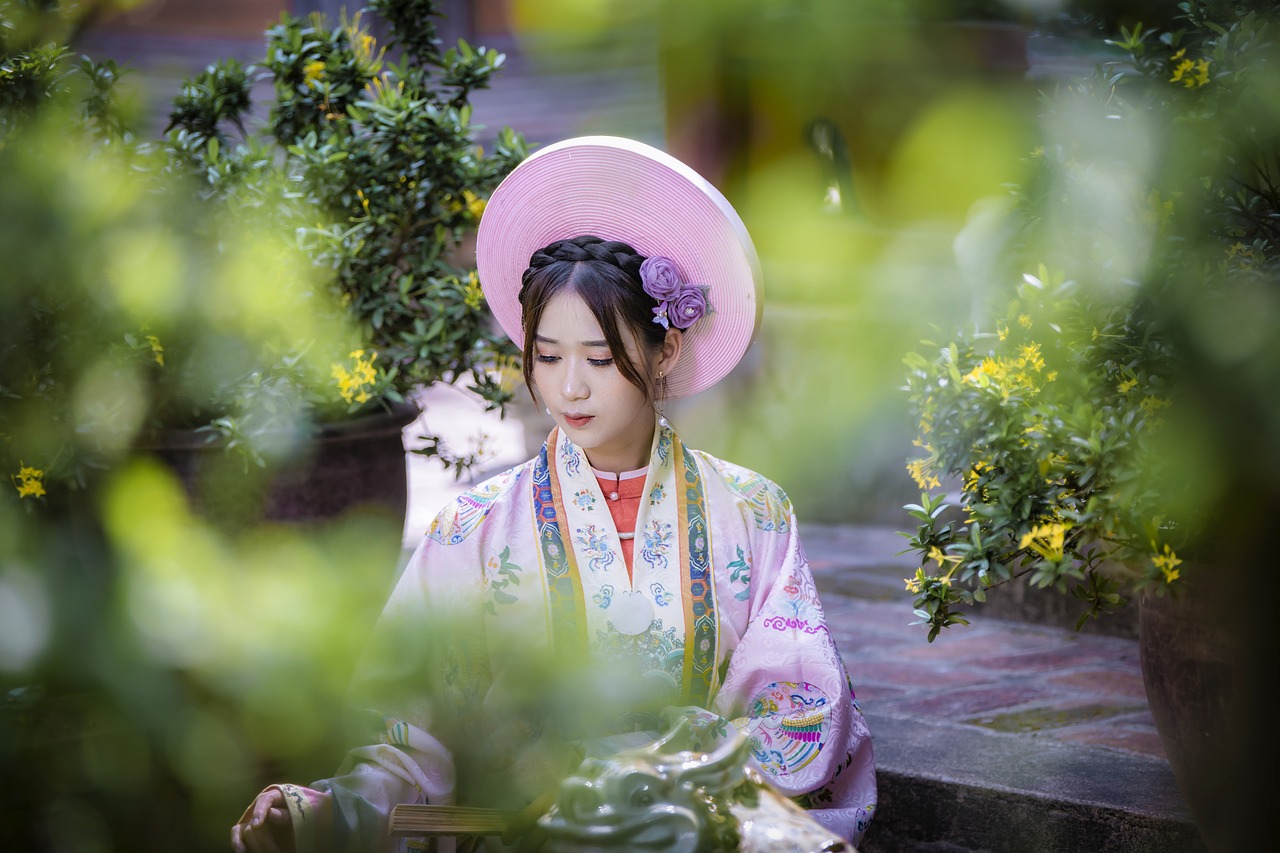The Art of Food Plating: Creating Visual Harmony on the Plate: All panel 777, Lesar247, 99 exch
all panel 777, lesar247, 99 exch: Plating food is not just about putting food on a plate. It is an art form that involves creating visual harmony on the plate. The way food is arranged and presented can greatly enhance the dining experience, making the meal more appealing and appetizing. Here are some tips on how to master the art of food plating:
Choosing the Right Plate: The first step in creating a visually appealing dish is choosing the right plate. The size, shape, and color of the plate can all affect how the food looks. Consider using plates that contrast with the color of the food to make it stand out.
Creating Balance: Balance is key to creating visual harmony on the plate. Arrange different components of the dish in a way that creates a sense of balance and symmetry. Consider using the rule of thirds to help guide your placement of food on the plate.
Playing with Color: Color is another important element in food plating. Use a variety of colorful ingredients to create a vibrant and visually appealing dish. Consider using garnishes like herbs, edible flowers, or microgreens to add pops of color to the plate.
Texture and Height: Adding different textures and heights to a dish can create visual interest. Consider adding crunchy elements like nuts or seeds, or creamy elements like sauces or purees to add texture. Use ingredients of different heights to create depth and dimension on the plate.
Garnishing: Garnishes can add the finishing touch to a dish. Consider using fresh herbs, citrus zest, or edible flowers to add a decorative element to the plate. Be sure not to overdo it with garnishes – less is often more when it comes to food plating.
Negative Space: Negative space, or the empty space on the plate, is just as important as the food itself. Use negative space to create a sense of balance and allow the dish to breathe. Avoid overcrowding the plate with food to create a clean and visually appealing presentation.
Practice and Experiment: Like any art form, mastering the art of food plating takes practice and experimentation. Don’t be afraid to play around with different plating techniques and try new things. The more you practice, the better you will become at creating visually stunning dishes.
FAQs:
Q: Do I need special tools to plate food?
A: While specialized tools like plating tweezers or ring molds can be helpful, they are not necessary. You can achieve beautiful food plating with simple tools like spoons, knives, and your hands.
Q: How important is food plating in a restaurant setting?
A: Food plating is crucial in a restaurant setting as it can greatly enhance the dining experience for guests. A well-plated dish can make a positive impression and even enhance the flavors of the food.
Q: Can I plate food ahead of time?
A: Some dishes can be plated ahead of time, but it’s best to wait until just before serving to plate the food to ensure it looks its best. Ingredients like sauces or garnishes may need to be added last minute to prevent wilting or sogginess.





